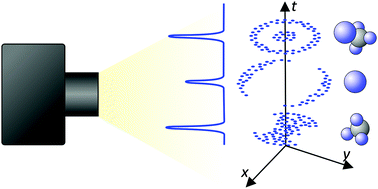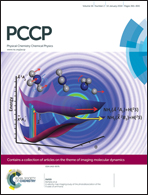The development of sensors capable of detecting particles and radiation with both high time and high positional resolution is key to improving our understanding in many areas of science. Example applications of such sensors range from fundamental scattering studies of chemical reaction mechanisms through to imaging mass spectrometry of surfaces, neutron scattering studies aimed at probing the structure of materials, and time-resolved fluorescence measurements to elucidate the structure and function of biomolecules. In addition to improved throughput resulting from parallelisation of data collection – imaging of multiple different fragments in velocity-map imaging studies, for example – fast image sensors also offer a number of fundamentally new capabilities in areas such as coincidence detection. In this Perspective, we review recent developments in fast image sensor technology, provide examples of their implementation in a range of different experimental contexts, and discuss potential future developments and applications.

You have access to this article
 Please wait while we load your content...
Something went wrong. Try again?
Please wait while we load your content...
Something went wrong. Try again?


 Please wait while we load your content...
Please wait while we load your content...